Reportar esta entrada
Más sobre la misma comunidad-colección
FERNANDO VILLELA - GUERRA de VIETNAM - BASTON, ORIGAMI y PIPA de BAMBOO
FERNANDO VILLELA VIETNAM WAR - WALKING CANE, ORIGAMI & BAMBOO ...
Jefe de policia Gregory K. Allen - 2008
Gregory K. Allen was appointed Chief of Police of Police ...
FERNANDO & ROSA VILLELA (SU ESPOSA) Y SUS HIJOS
LEFT TO RIGHT Sitting - Erik, Michael, Rosa (Mother/Wife) ...
Apertura de la exposición Vietnam
August 6, 2016 - Museum Exhibit Ribbon Cutting: "Welcome Home El ...
Canaletto - Museo de Arte de El Paso- Video II
Canaletto - El Paso Museum of Art - Video II Kress Collection ...
Canaletto - Museo de Arte de El Paso- Video II
Canaletto - El Paso Museum of Art - Video II Kress Collection ...
Giuseppe Maria Crespi - Museo de Arte de El Paso - Video I
Giuseppe Maria Crespi - El Paso Museum of Art - Video I 1665 ...
Giuseppe Maria Crespi - 1700 - Video II
Video from the El Paso Museum of Art - Giuseppe Maria Crespi - ...
Hyacinthe Rigaud -Video II - 1702
Hyacinthe Rigaud's - Portrait of a Master of Requests - 1702 - ...
Assisteens (asistencia de adolescentes
Assisteens collected books for the Boys & Girls Club as part of ...
Assistance League® (liga de asistencia)
Members of Assistance League put together gift baskets for the ...
Assisteens® (asistencia de adolescentes)
Members of Assistance League's Assisteens® play with children ...
Assistance League (liga de asistencia)
A building they work out of is near Five Points. Assistance ...
Bernardo Bellotto - 1762 - 65 - Video - I
Video - Bernardo Bellotto's - Architectural Capriccio (Fantasy) ...
Bernardo Bellotto - 1762 - 65 - Video - II
Video - Bernardo Bellotto's - Architectural Capriccio (Fantasy) ...
Siendo medidos para zapatos nuevos
Children are fitted for new school in Operation School Bell. ...
Insignia del mariscal de la ciudad de El Paso
This badge is on display at the El Paso Historical Museum ...







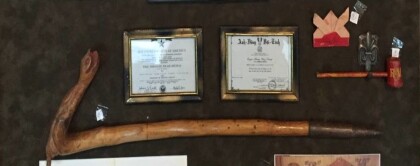
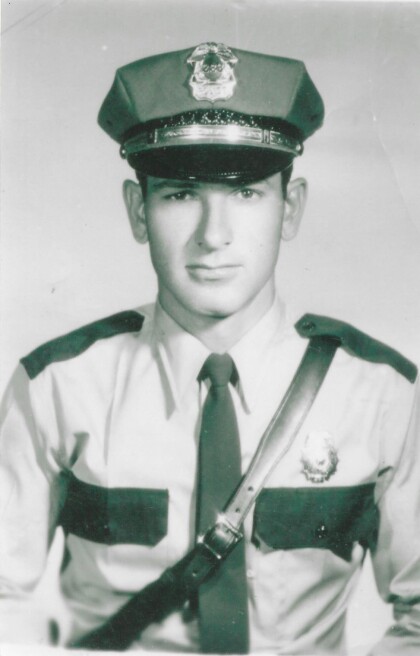
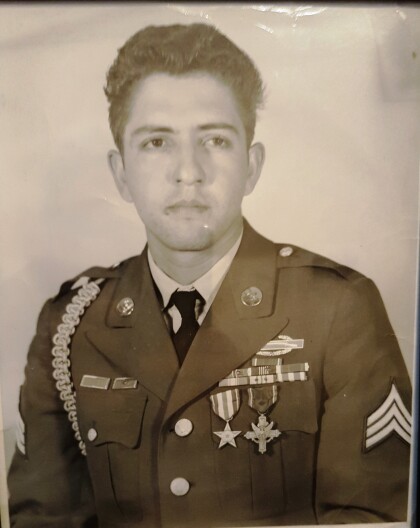
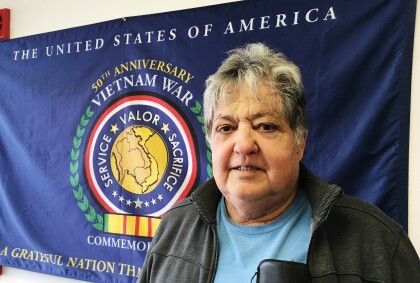
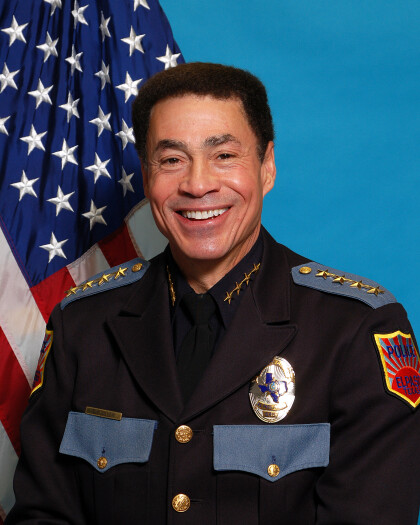
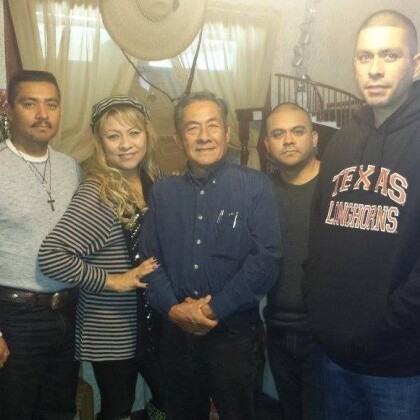

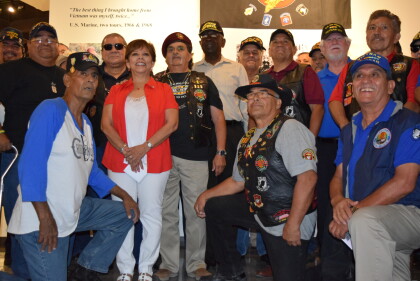



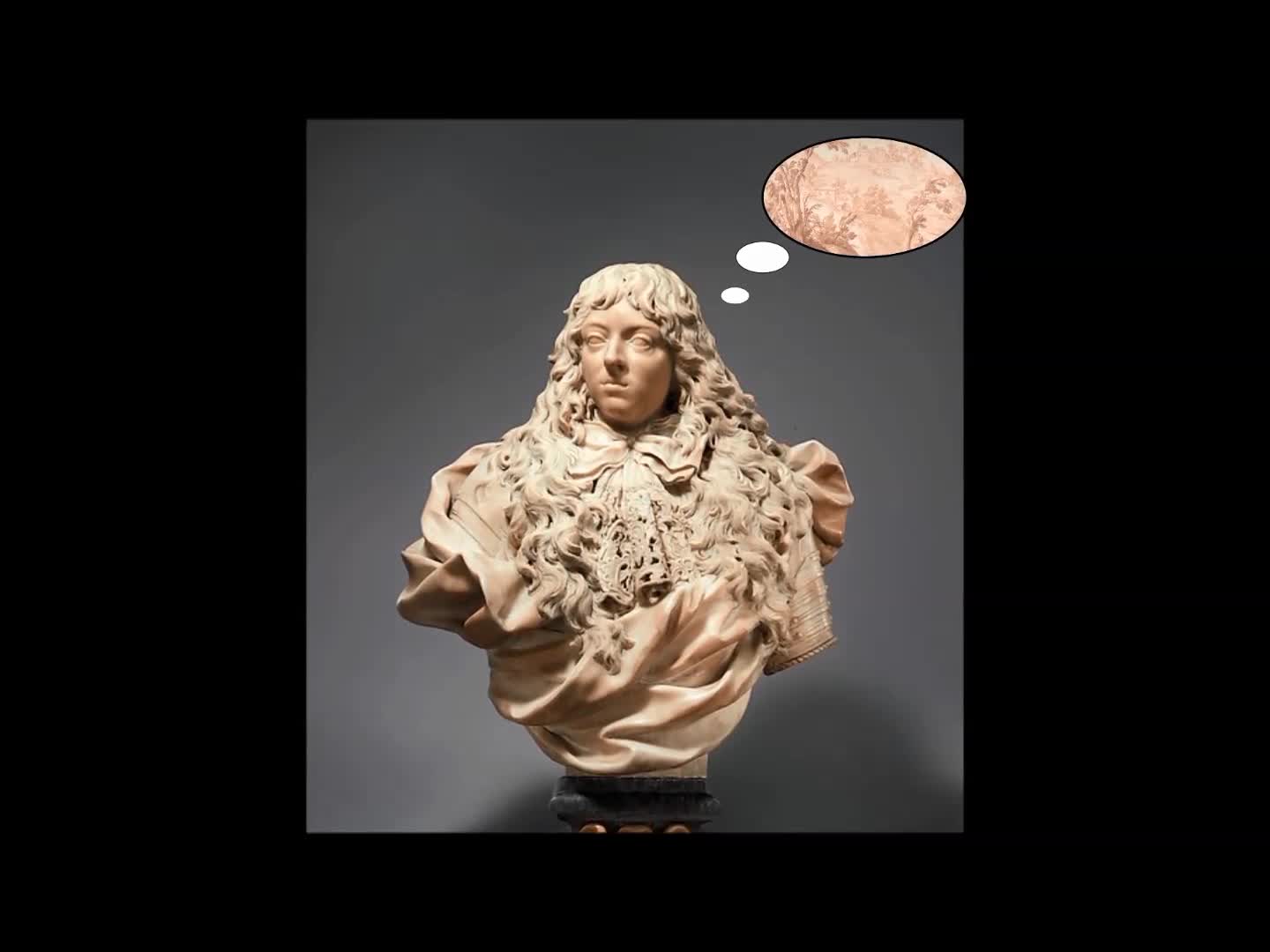
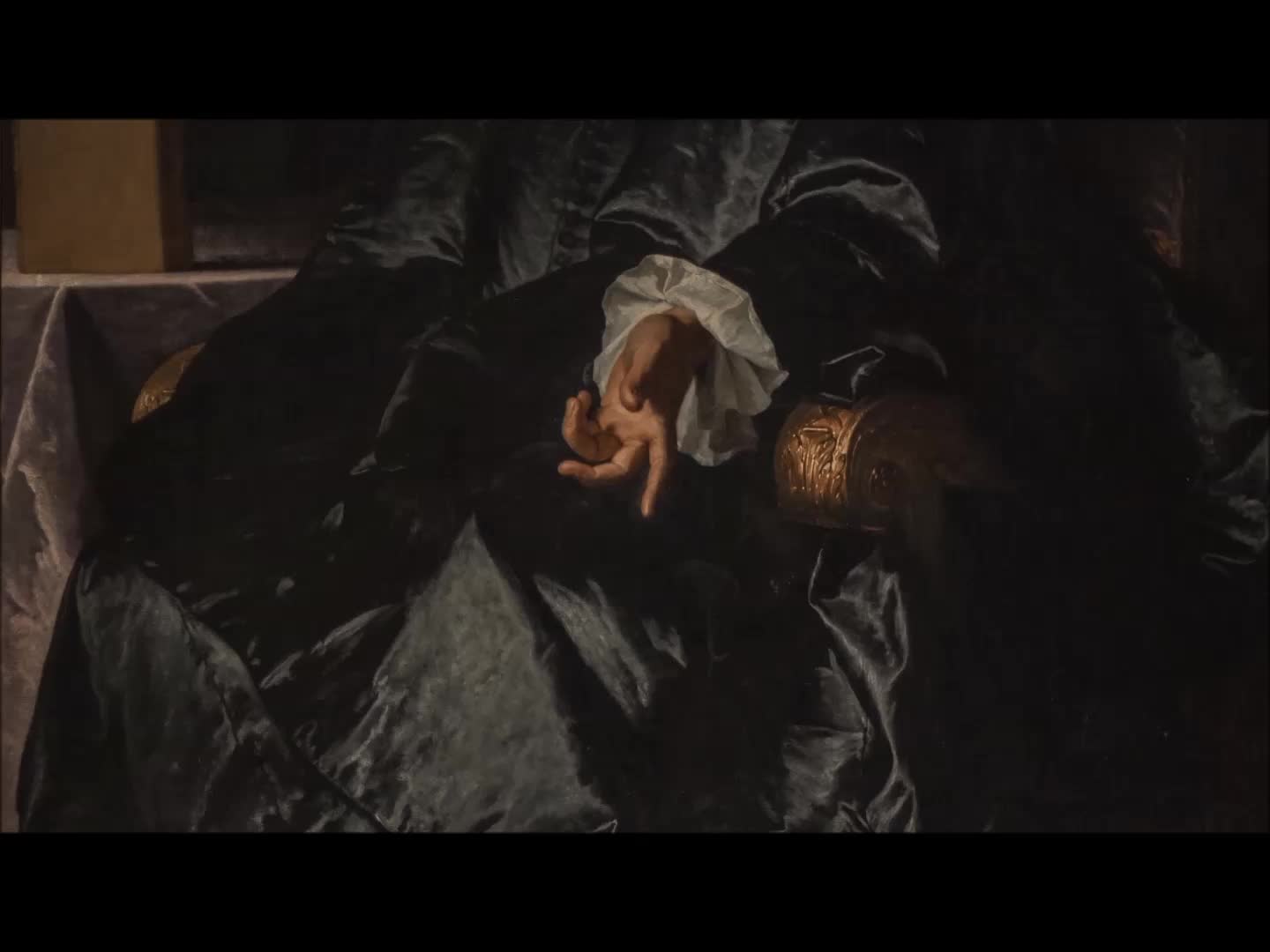
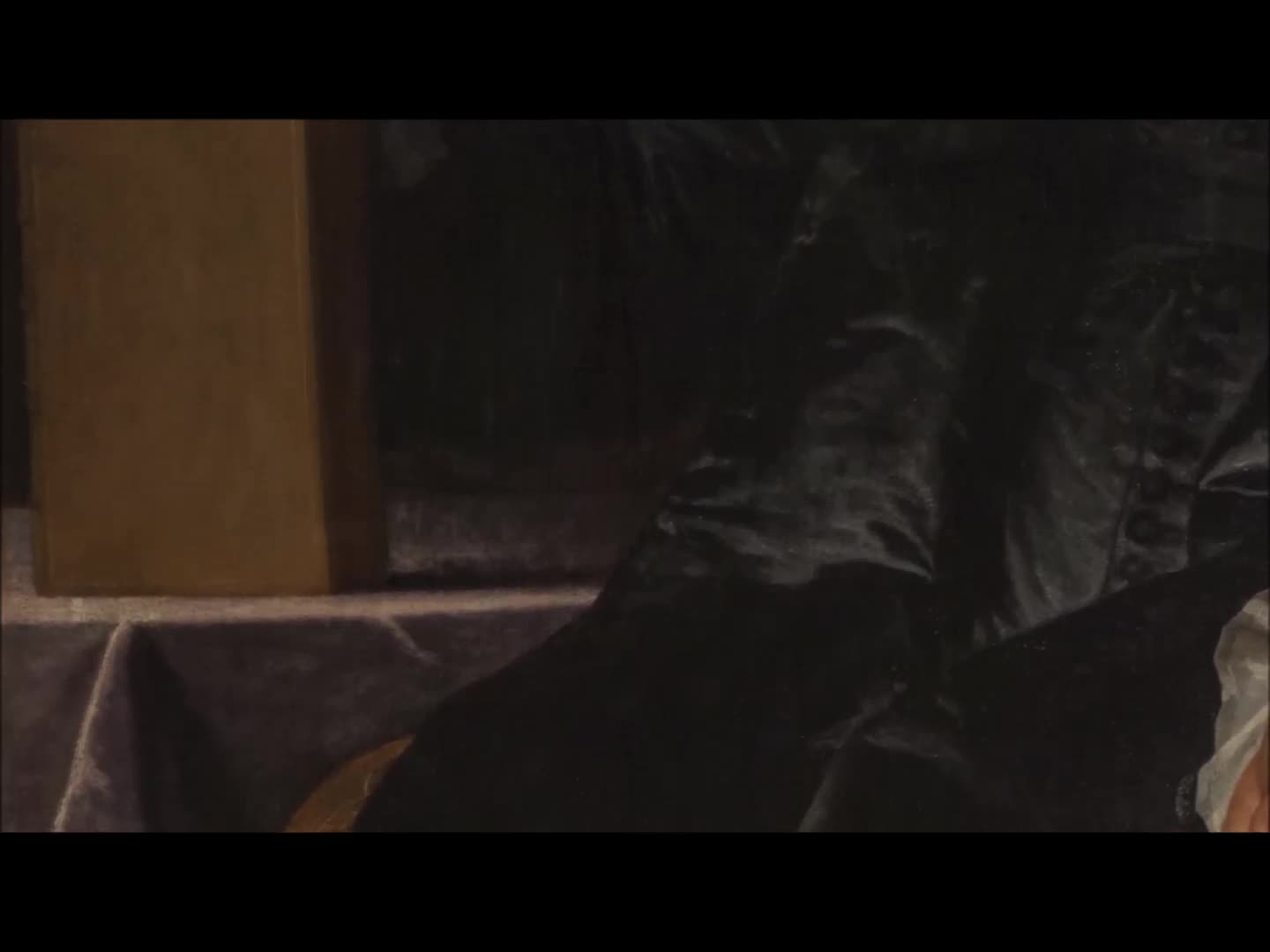


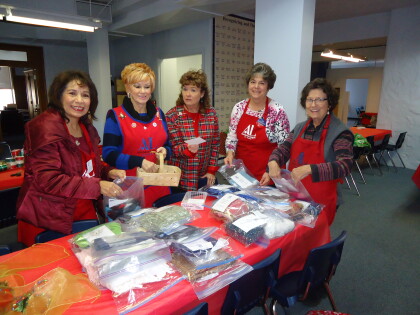
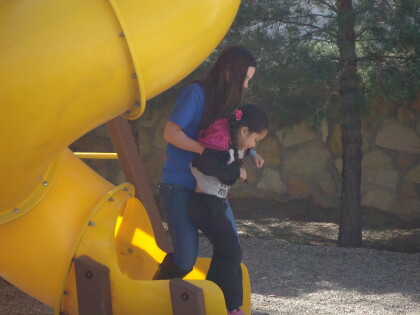

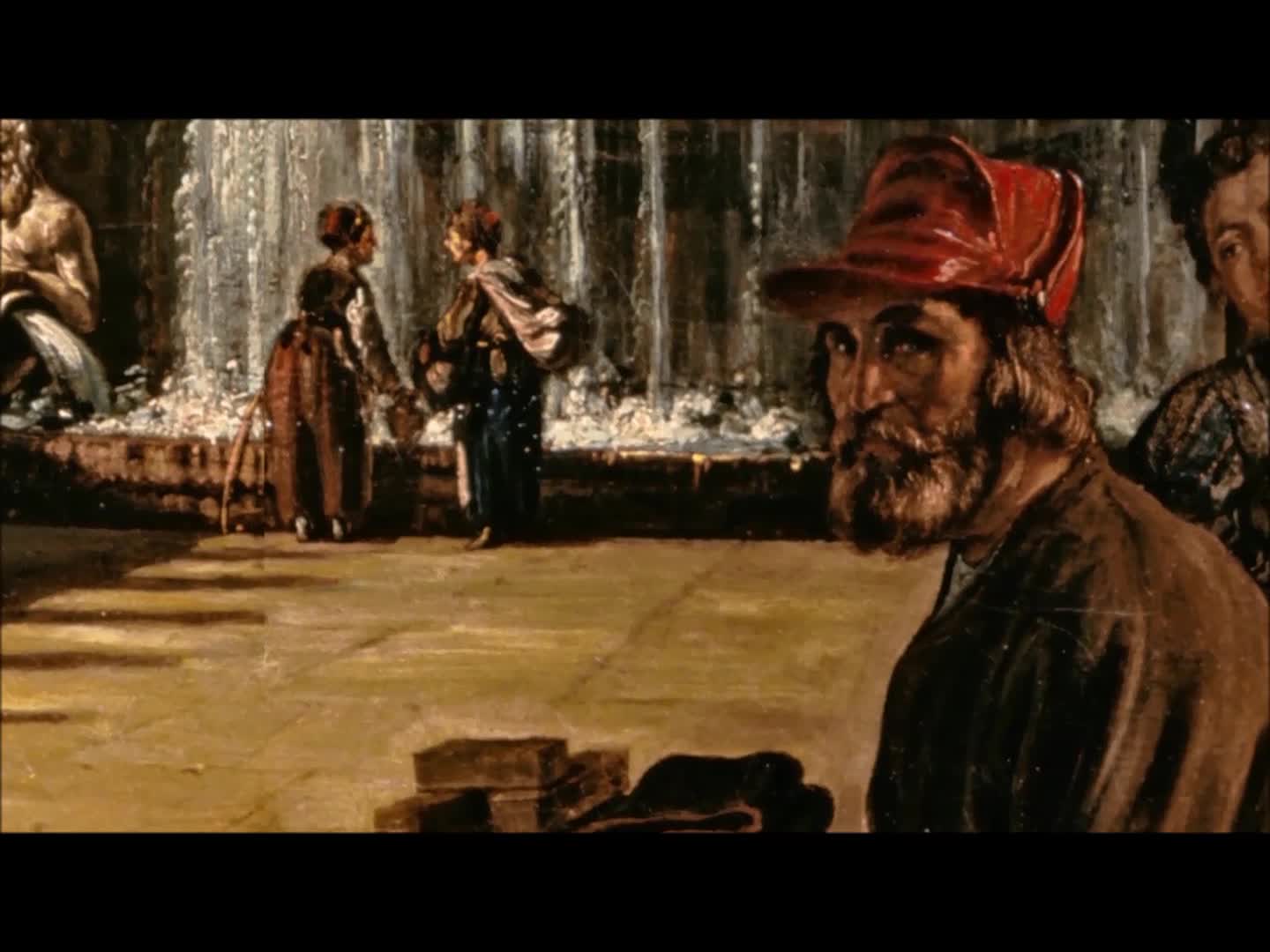
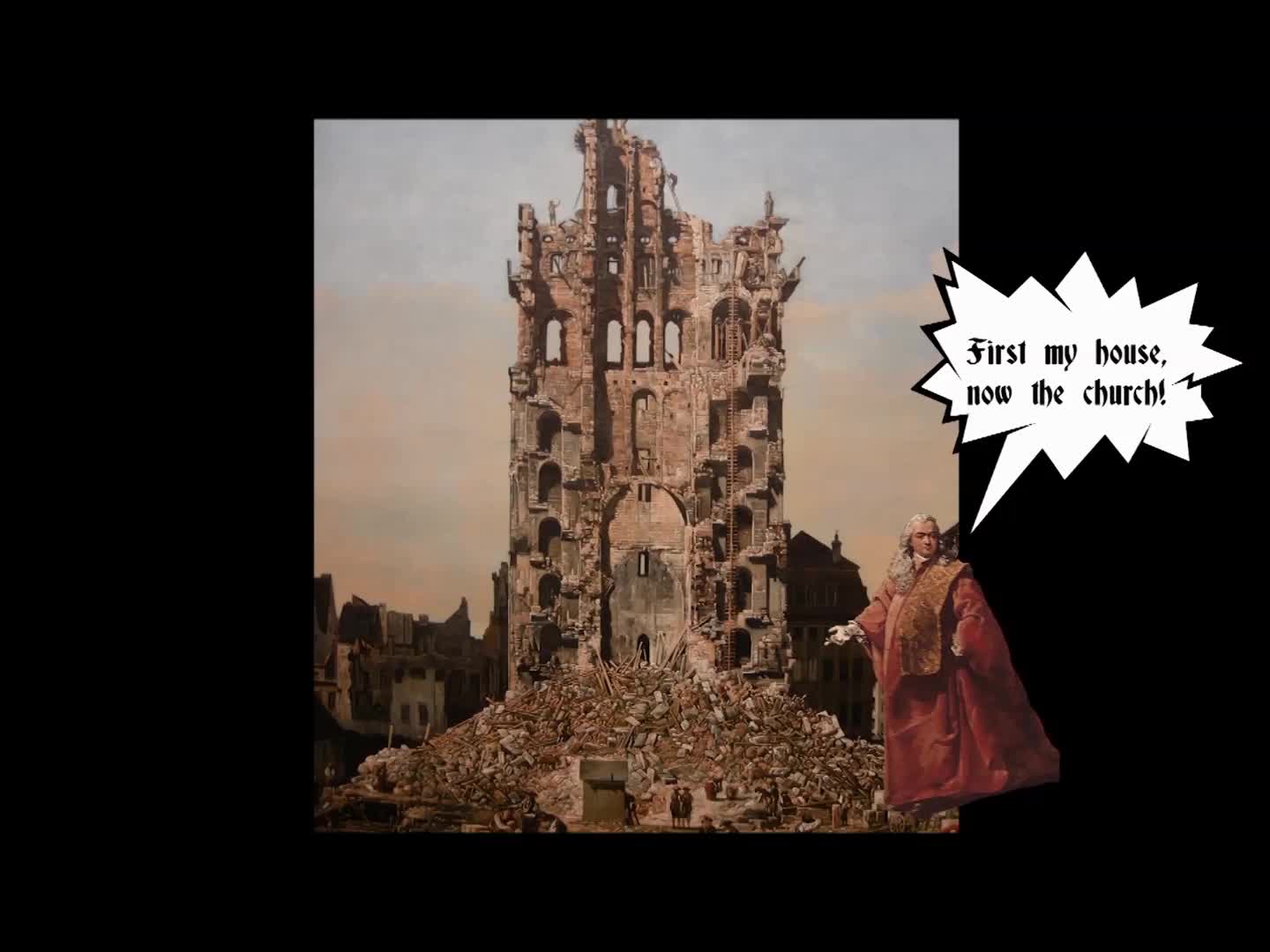
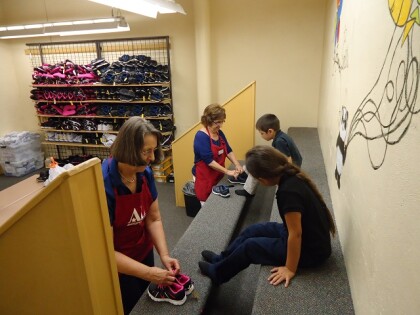
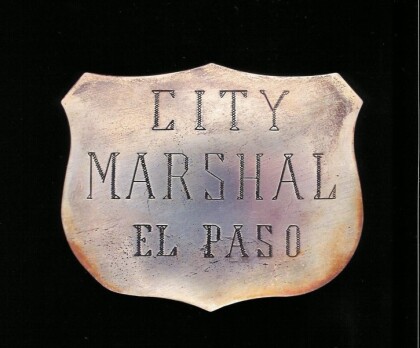
Comentarios
Hacer un comentario